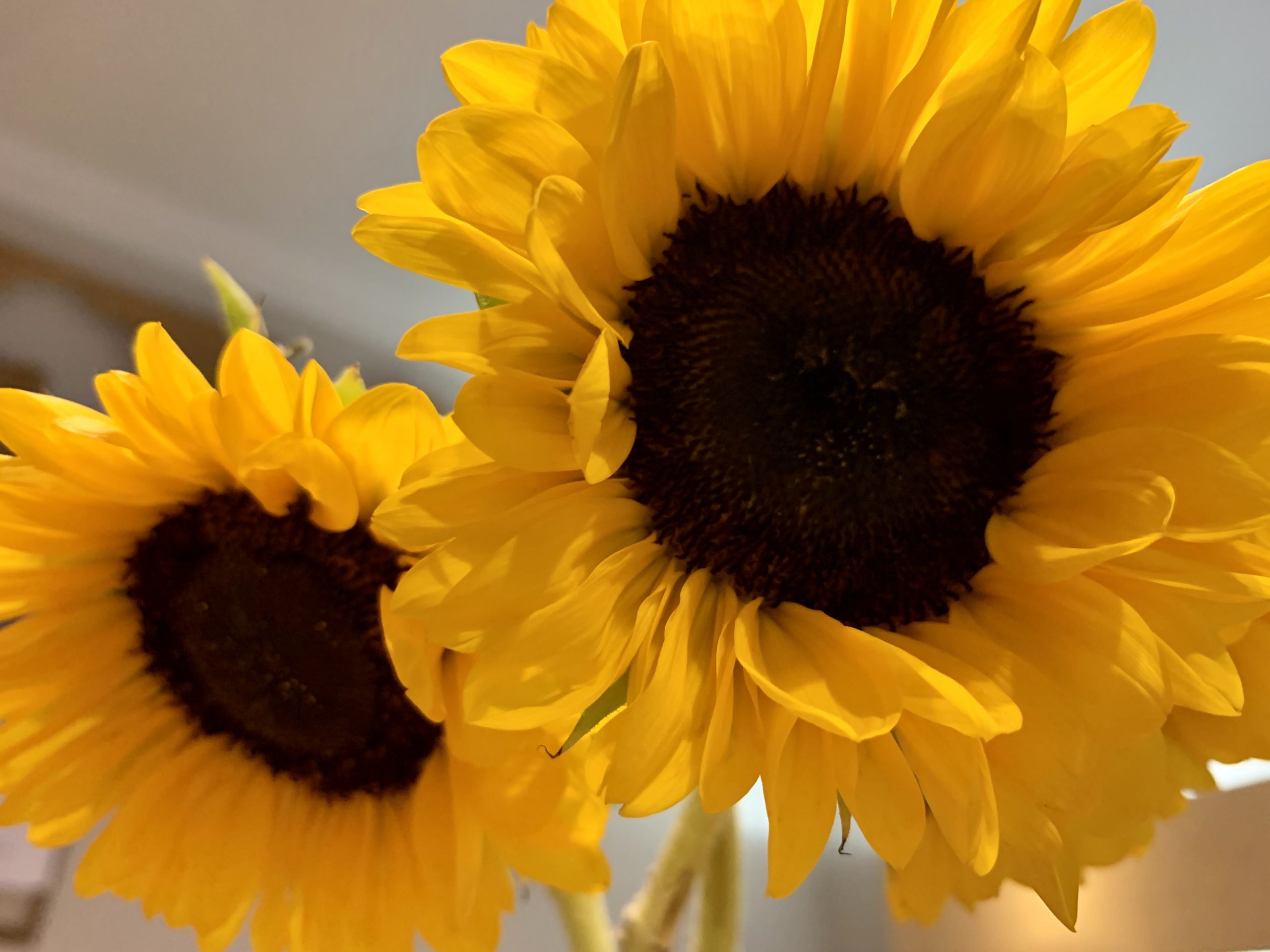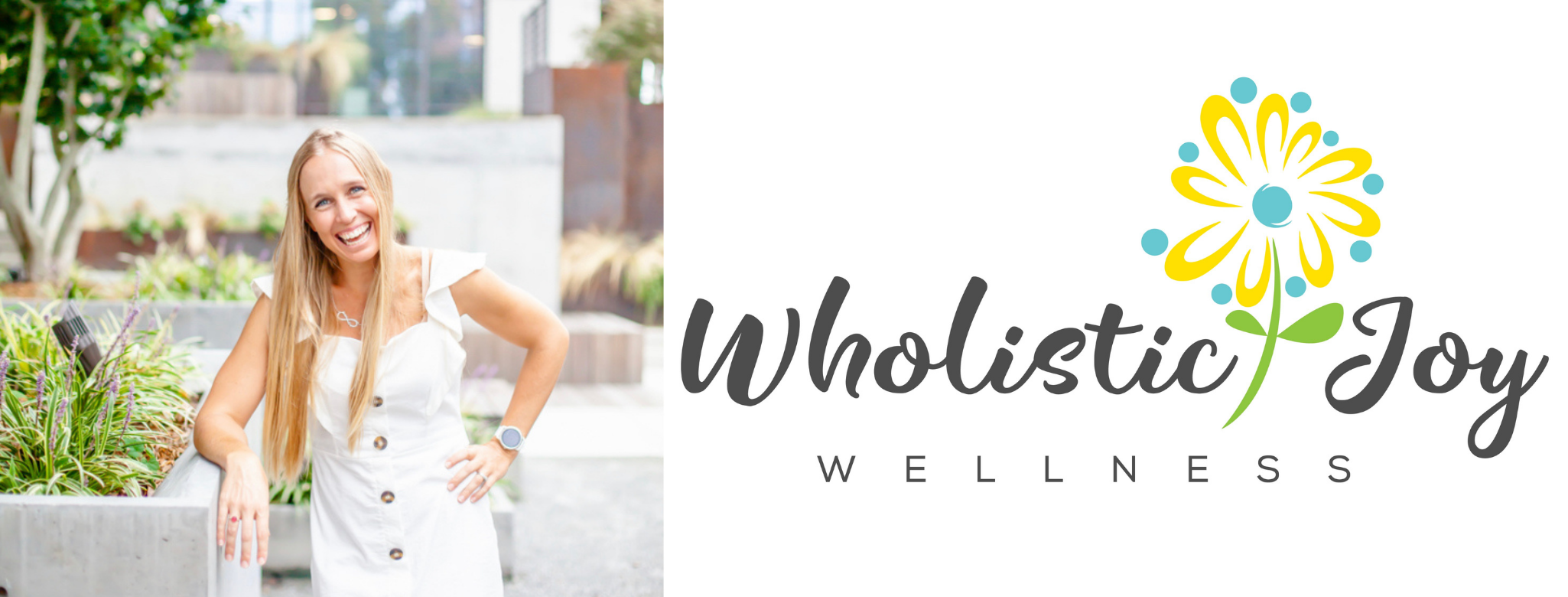Begin a Meditation Practice in 3 Easy Steps

3 minute read.
What is meditation?
When you think of meditation, you no doubt picture someone different from yourself, sitting cross legged on the ground, peacefully stationary for hours. And, while you are not incorrect with this image, this is not what meditation looks like for the majority of practitioners.
Basically, meditation is a group of techniques all having the conscious attempt to focus attention in a non-analytical way, and then attempting not to dwell on any thoughts that arise.
Meditation offers our mind the gift of learning to choose, at any given moment, where our focus goes, where we wish to be.
Benefits of meditation
Studies have shown that having a regular meditation practice reduces stress and anxiety, improves coping, increases productivity, brings about calm and peace, helps with focus and mental clarity, improves sleep, personal relationships, and adds more meaning to your life.
But I can’t get my mind to quiet down?
This is the most common reason why people avoid meditation. So, if this is your immediate reaction, you are not alone.
Rest assured, the goal is not to stop all thoughts and sit quietly with an empty mind. Rather, the goal is to be aware of the contents of your mind. So, you choose your focus (whether it be breath, a mantra, visualisation etc) and, every time you notice that your mind has drifted away from that focal point, you bring your mind back. You just keep doing this over and over and over again.
Let your goal be the awareness of distraction and the continuous coming back. In time, you will notice the gaps between drifting thoughts get bigger.
There is no perfect meditation. What occurs each practice is exactly what is meant to and the benefits come from simply choosing to do it anyway.
3 steps to starting your meditation practice
Step 1: Find the time
Perhaps the most challenging part is to find the right time of day to meditate. This was by far my biggest obstacle. With 2 small kids, minutes to myself are next to zero.
Which time of day is best? In reality, the best time of day is whatever time you can. However, if you have the flexibility to choose, then here are some times to consider.
First thing in the morning offers a great way to rest, refresh, and focus your energy. It is a beautiful way to start your day, waking yourself up, and setting the tone for the rest of your day.
Middle of the day is beneficial because it pauses you in the middle of your chaos and reminds you that there is a peaceful, calm, and focused way to approach the rest of your day.
Pausing a crisis can be hugely beneficial. As you notice yourself bubbling out of control, you take a deliberate mediation pause and resume what you were doing from a different perspective.
Finally, before bed will help you wind down and prepare for a restful sleep. It will also help you create some calm and contentment around the day that has passed.
Any of these are great options and whichever you choose is a successful choice. Just getting it in somewhere in your day is a win in my book.
I usually try and get my mediation in first thing in the morning. I set my kids up with some warm plant milk, a breakfast snack, and the tv, then go into a separate room and sit for around 10 minutes. If I don’t manage it on a day, then I squeeze it in whenever I have a window or, on a particularly busy day, as I lie down to go to sleep.
Step 2: use an app
Using a mediation app has taken me from being an “every now and then” meditator to an “every day” meditator. I use the Insight Timer app and, because I enjoy it so much, I have not explored other options (there are lots to choose from). It is free, has 1000s of guided meditations, offering different techniques and intentions, and also has a simple timer that you can add ambient sound to if you like. It tracks your consecutive days, which for me is highly motivating (I am trying really hard not to go back to day 1 again).
Guided meditations may sound like the easy way out, but they can be very helpful as you get started and can offer some unique insights and opportunities for reflection.
Step 3: take the pressure off
The final step is not to overthink this. Meditation is not something you are trying to win at or “be good at”. The success of meditation is simply doing it.
You may have many questions such as how to sit, how long to sit for, and am I doing this right. These are valid questions, but I encourage you to ease your anxiety over them. Just take a seat, close your eyes, notice your breathing and see where the practice takes you. It is, after all, a practice.
If you’ve only got a minute, then just do a minute. If your mind is all over the place, that’s ok. That is today’s practice and perhaps tomorrow will be quieter. If your back starts hurting, shift your position. If your child/pet runs in and climbs on you, give them a cuddle, smile, and try again tomorrow.
Finally…
I hope this helps guide you toward giving meditation a try. It is an easy practice to include in your day, not requiring any equipment or fancy gadgets. All it asks of you is a little bit of dedicated time.
If you have any questions, please feel free to comment or email me.
With joy,
Tara

This article is a product of Wholistic Joy Wellness, integrative wellness coaching. For more info, click here.
About The Author
Tara
Related Posts
Meditation: within the silence of winter lies the magic of possibility
Every breath is a cycle, just as every life and year is a cycle. As…
December 9, 2020

